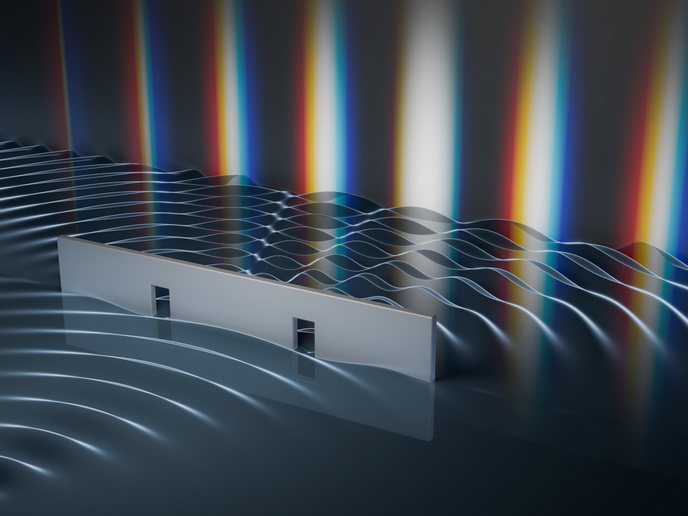Exploring intriguing quantum phenomena and particle dynamics through light’s wave-particle duality
Light is both a wave and a stream of particles – photons. When we think about light in classical terms, we picture it as an oscillating electromagnetic wave. Conversely, when exploring its quantum nature, the focus is on individual photons. This quantum perspective feels natural when dealing with just a few photons. However, when light becomes intense – carrying millions or even billions of photons – we tend to shift back to classical thinking. In this regime, light is described as a continuous wave, and the idea of quantum properties can seem counterintuitive.
Strong laser fields shaping the quantum nature of light
This is exactly what QUMATTO, a project that received funding from the Marie Sklodowska-Curie Actions programme, focused on – exploring the quantum nature of light in the presence of billions of photons. “Our goal is to harness these immense photon numbers and make them behave in ways that defy the conventional understanding of electromagnetic waves,” notes Mikhail Ivanov, project coordinator. “We seek to generate vast numbers of photons across a wide range of frequencies, from infrared to extreme ultraviolet, and shape them into unusual quantum states. These include ‘spooky’ entangled states, where photons at different frequencies are mysteriously connected, or states reminiscent of the famous Schrödinger’s cat – existing in two seemingly contradictory conditions at once.” These unique quantum states of light are the building blocks of quantum information technologies, where photons play a central role. What is groundbreaking is the use of strong laser fields to control the motion of electrons that emit such light, to create entirely new quantum states of light. “In our recent work published in Physical Review X, we explore how strong classical light fields can be used to control electron motion in matter, thereby tailoring the quantum characteristics of the resulting light these electrons emit. A striking prediction is that the emitted light can be significantly ‘squeezed’,” highlights Ivanov. This means that certain quantum fluctuations in the light are reduced below the standard quantum limit, a property that is invaluable for quantum technologies.
Quantum light exposing electron dynamics
Throughout the years, researchers have been investigating the quantum properties of attosecond bursts of light emitted by atoms, molecules and solids. These bursts have been central to attosecond physics and technology, celebrated by both the 2023 Nobel Prize and 2022 Wolf Prize in Physics. Over the past 30 years, research teams have mastered the art of producing, controlling and tailoring these bursts to study electron motion in matter, uncovering the intricate ‘dance’ between electrons and atoms in molecules and solids. However, until recently, researchers have largely overlooked the quantum properties of these light bursts, which reveal hidden details about electron behaviour. “For instance, when electrons compete to emit a photon, the quantum properties of that photon retain a ‘memory’ of their struggle, offering new insights into their interactions,” remarks Ivanov. This opens an entirely new direction in ultrafast optical spectroscopy. “Instead of relying solely on the classical properties of emitted light to study quantum motion in matter, we are now using the quantum properties of light to uncover even deeper details about how matter behaves in highly non-equilibrium states,” adds Ivanov. Overall, QUMATTO explored novel quantum light sources across a wide spectral range, enabling advancements in quantum technologies, quantum sensing and precision metrology. Furthermore, researchers pioneered ultrafast optical spectroscopy to explore both classical and quantum light, revealing new insights into matter in highly non-equilibrium states.
Keywords
QUMATTO, quantum light, laser field, ultrafast optical spectroscopy, non-equilibrium states, Schrödinger’s cat



